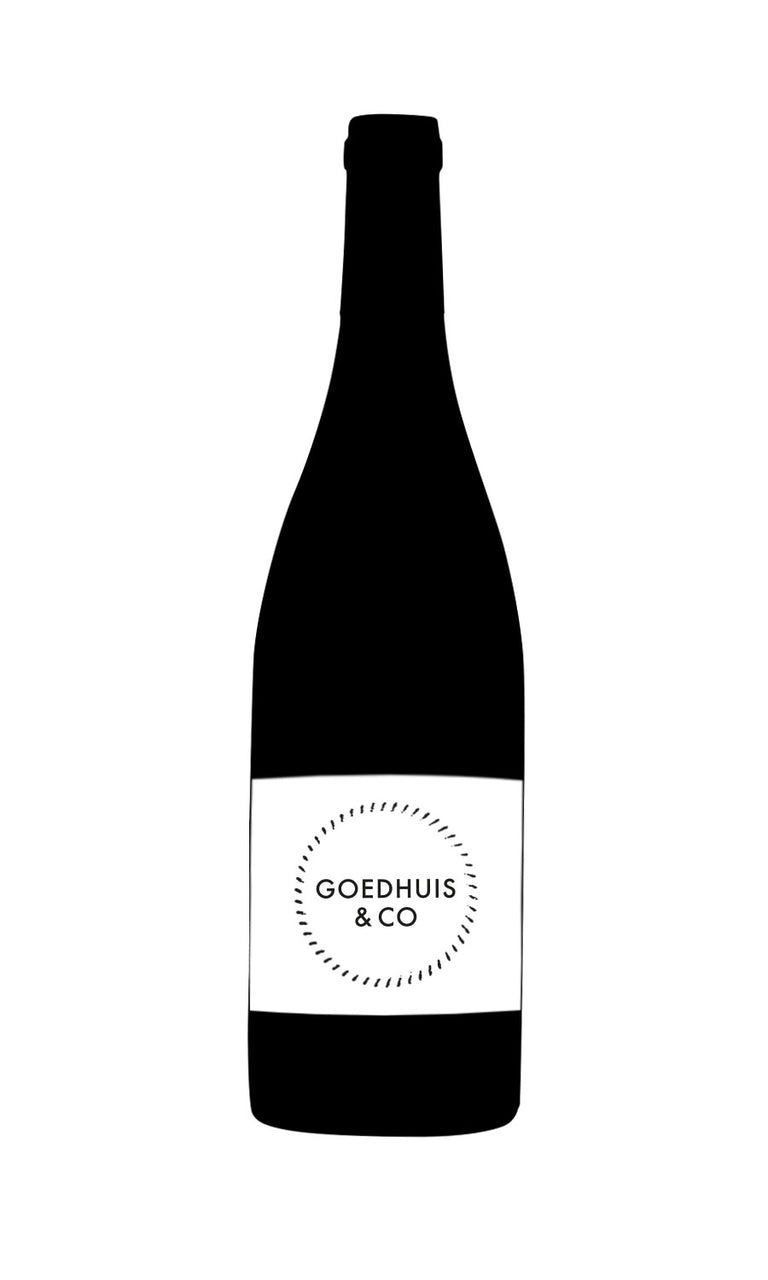
- Colour White
- Producer Château Laville Haut-Brion
- Region Pessac-Léognan
- Drinking 2011 - 2030
- Case size 6x75cl
- Available Now
2006 - Ch Laville Haut Brion Cru Classé Pessac-Léognan - 6x75cl
- Colour White
- Producer Château Laville Haut-Brion
- Region Pessac-Léognan
- Drinking 2011 - 2030
- Case size 6x75cl
- Available Now
Select pricing type
Need help? Call +44 (0)20 7793 7900 or email wine@goedhuiswaddesdon.com.
-
Goedhuis, May 2007, Score: 92-94+
Exotic with fresh white peach and floral aromas, this 2006 has an exceptional zingy freshness withadditional notes of lemon peel and stony minerals on the palate. Quite a fun wine. It's inspiringto see Semillon taste this exciting. Produced from 86% Semillon and 14% Sauvignon Blanc.
-
Robert Parker, February 2012, Score: 98
An absolutely staggering vintage for this historic and tiny estate, this 2006 has a huge nose of tropical fruit, including pineapple, as well as a liqueur of minerality, with quince, white citrus, and a hint of subtle toast. Full-bodied, with huge concentration, an almost flinty mouthfeel, zesty acidity, and a monster finish, this is a prodigious Laville Haut-Brion that needs about 10 years of cellaring and should last 30 or more years. Drink: 2019 - 2049
-
Robert Parker, April 2007, Score: 92-94
This is a strong vintage for Bordeaux’s dry white wines, probably as good or better than 2005. Crisp acidity combined with outstanding concentration and the fact that most of the white grapes were harvested before the rains began in mid-September resulted in an impressive group of wines.
Producer
Château Laville Haut-Brion
A direct competitor of Haut Brion Blanc for those who prefer a lighter, more refined touch. Unlike Haut Brion, white wine is its speciality - no reds are made at this highly sought after château. This property was renamed La Mission Haut-Brion Blanc from the 2009 vintage onwards.Region
Pessac-Léognan
Stretching from the rather unglamorous southern suburbs of Bordeaux, for 50 km along the left bank of the river Garonne, lies Graves. Named for its gravelly soil, a relic of Ice Age glaciers, this is the birthplace of claret, despatched from the Middle Ages onwards from the nearby quayside to England in vast quantities. It can feel as though Bordeaux is just about red wines, but some sensational white wines are produced in this area from a blend of sauvignon blanc, Semillon and, occasionally, muscadelle grapes, often fermented and aged in barrel. In particular, Domaine de Chevalier is renowned for its superbly complex whites, which continue to develop in bottle over decades. A premium appellation, Pessac-Leognan, was created in 1987 for the most prestigious terroirs within Graves. These are soils with exceptional drainage, made up of gravel terraces built up in layers over many millennia, and consequently thrive in mediocre vintages but are less likely to perform well in hotter years. These wines were appraised and graded in their own classification system in 1953 and updated in 1959, but, like the 1855 classification system, this should be regarded with caution and the wines must absolutely be assessed on their own current merits.



